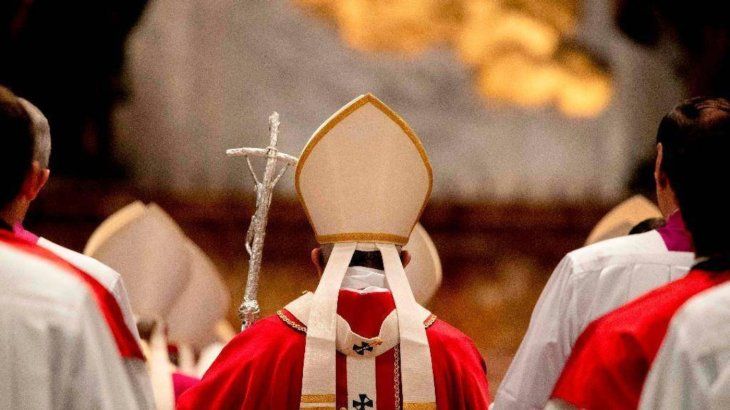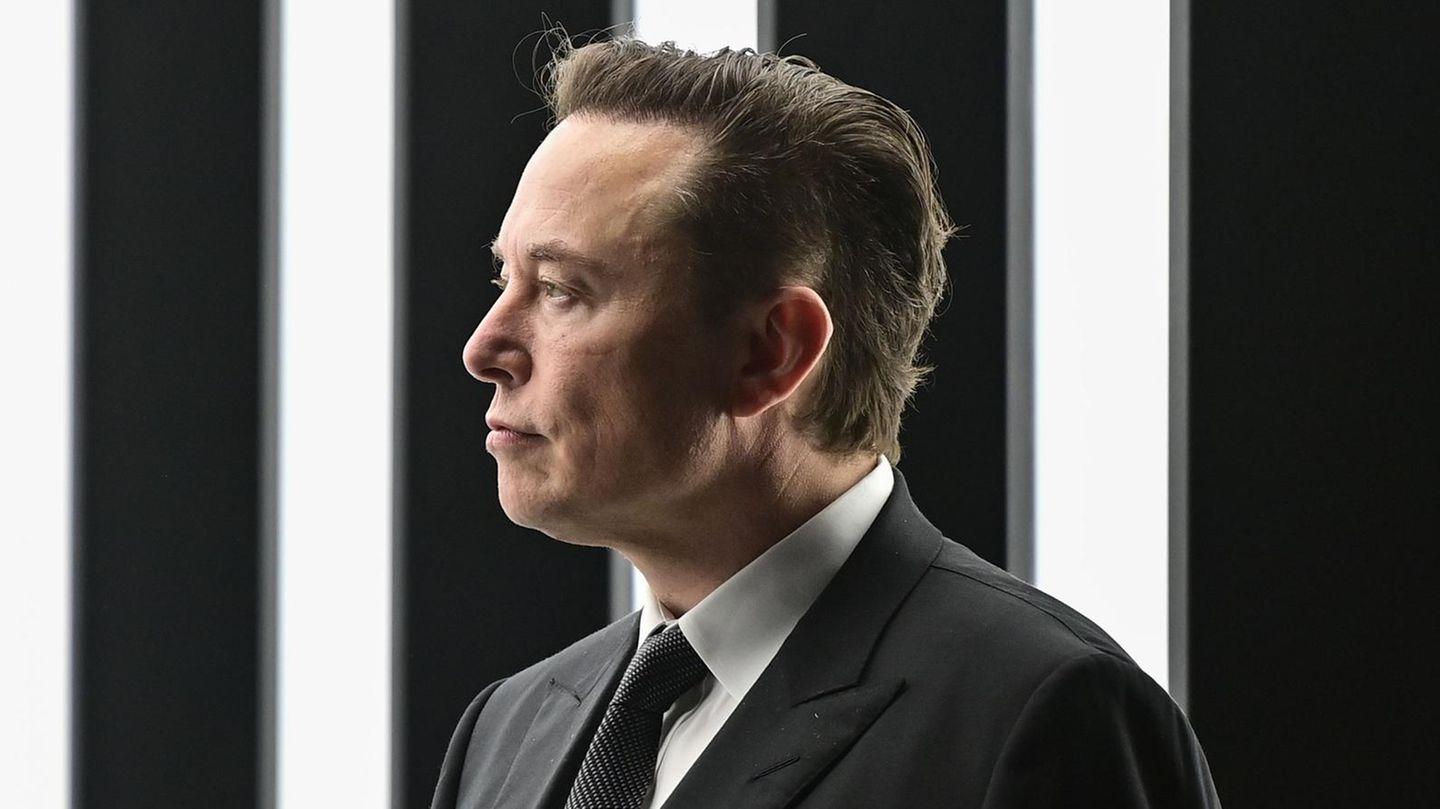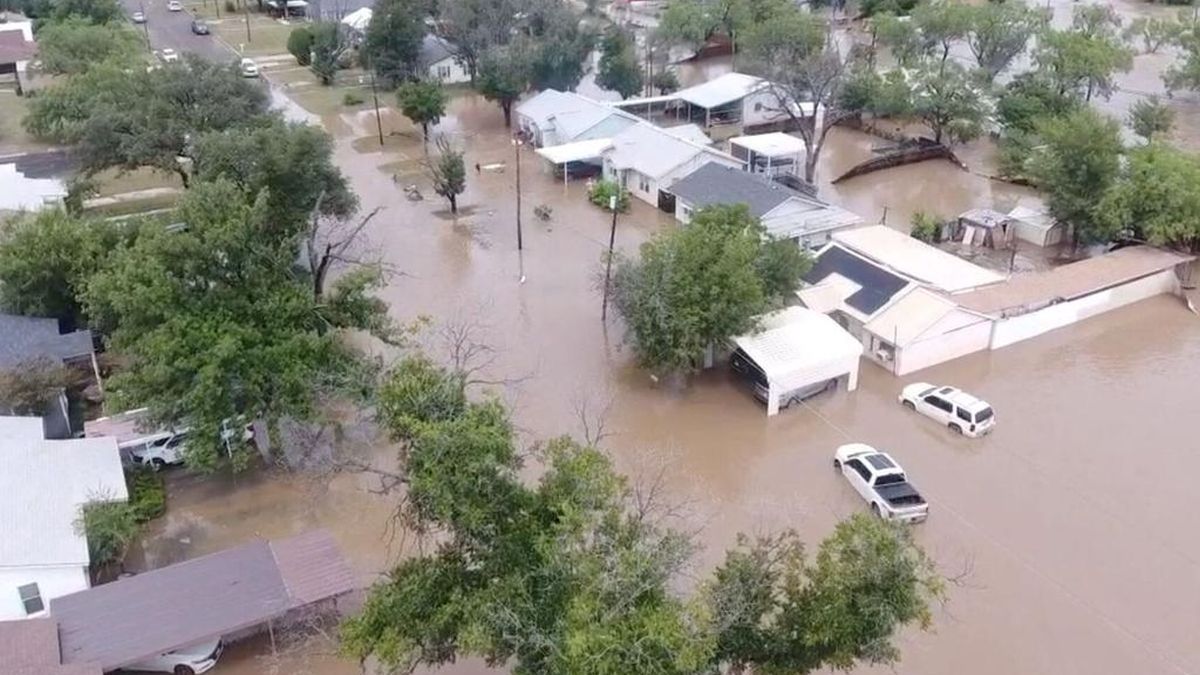The Sistine Chapel will host the conclave on Wednesday to choose the successor of Pope Francis. This process, which requires a two -thirds majority of the votes, dates back to 1276, when the first official conclave in Arezzo, established by Gregorio X to ensure a fair and fast choice was celebrated.
The Sistine Chapel will open this Wednesday, May 7 once again to host one of the most transcendental events of the Catholic Church: the conclave to choose the successor of Pope Francis. This process, which has evolved over the centuries, has its roots in the need to avoid the prolongation of the cacante headquarters and ensure a fair and fast choice of the pontiff.
The content you want to access is exclusive to subscribers.
The conclave, an institution created to avoid the extension of the vacant headquarters, has been fundamental in the choice of pontiffs throughout history. This process, which requires a qualified majority of two thirds of the votes, has evolved significantly from its origins to the present.


The origin of the term “conclave”
Conclave

This week’s conclave will take place in the Sistine Chapel.
Vatican
The term “conclave” comes from the Latin ‘Cum-Clave’, which means a reserved or closed space. In the context of the Church, it refers to both the place where the choice of the Pontiff is carried out and the Cardinals College in charge of said election. This process, which is carried out in the Sistine Chapel, is an event of great historical and spiritual importance.
According to Vatican News, The conclave is an event that has been shaped by various constitutions and bulls over the centuries. From the Bula “In Nomine Domini” by Nicolás II in 1059, which established that only the cardinals could choose the Roman Pontiff, to the Constitution “Licet de Vitanda” of Alejandro III in 1179, which introduced the need for a majority of two thirds of the votes, the conclave has been subject to multiple reforms.
The first official conclave
The first official conclave of the history, after the promulgation of the Constitution “UBI periculum” by Gregorio X in 1274, had Place in Arezzo in 1276. This Constitution established that the conclave should be held in a closed place, both inside and out, to avoid external influences and ensure a quick and fair choice. In this conclave, He was chosen innocent V.
Over the centuries, the conclave has experienced various modifications. In 1621, Gregorio XV introduced the obligation of the secret and written vote. In 1904, Pius X prohibited the right of exclusivity and established the obligation to keep secret about what happened in the conclave. After World War II, Pius XII promulgated the Constitution “Vacantis Apostolicae Sedis” in 1945, which introduced new rules for the election of the Pope.
Current legislation
The current legislation for the election of the Pope is the “Universi Dominici Gregis”, promulgated by John Paul II in 1996 and modified by Benedict XVI in 2013. This Constitution establishes that the conclave must be held in the Sistine Chapel and defines the rules for the election of the new Pontiff, including the need for a two -thirds majority of the votes.
While Miguel Ángel’s frescoes for the choice of Roman Pontiff, the world awaits with expectation the announcement of the new bishop of Rome. The Sistine Chapel, with its beauty and solemnity, prepares to host a new chapter in the history of the Church.
Source: Ambito




